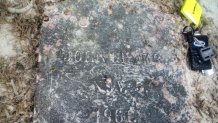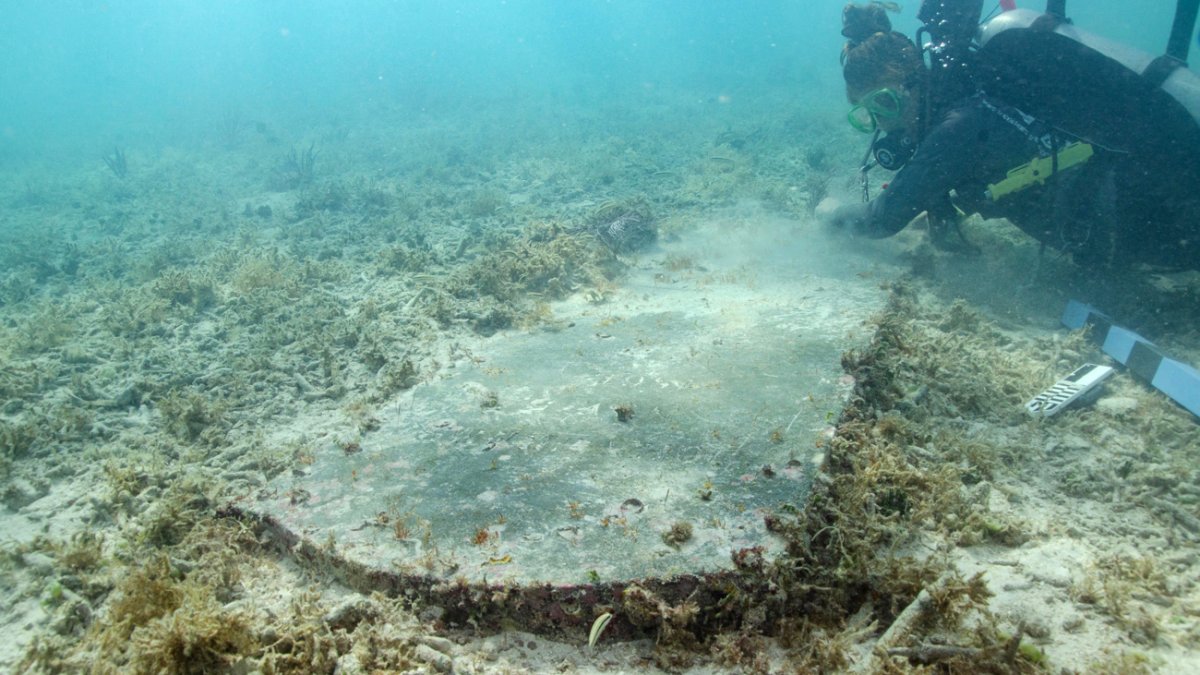MIAMI.- The United States National Park Service (NPS) announced the discovery under the waters of the Gulf of Mexico, on the tourist islands of Dry Tortugas, in the far south of Florida, of a quarantine hospital for the sick of yellow fever, mainly military, as well as a submerged cemetery, both built in the 19th century.
The archaeological remains, discovered during an August 2022 survey with the help of members of the NPS Submerged Resource Center, were located on a submerged island near Garden Key, the second largest islet in the Dry Tortugas.
Dry Tortugas National Park consists of 7 islets in the waters of the Gulf of Mexico and is located 112 km west of Key West, Florida.
Among the finds, a headstone with an inscription from the year 1861 which corresponds to the grave of John Greer, a civilian who worked as a laborer in the construction of the famous Fort Jefferson, one of the largest forts in the United States , stands out, according to Monday in a statement to the NPS.
“Although only one grave has been identified, historical records indicate that dozens of people, primarily U.S. soldiers stationed at Fort Jefferson, may have been buried there,” the statement said.
The cemetery has been identified as Fort Jefferson Post Cemetery.
According to the NPS, major disease outbreaks on the now submerged island wreaked havoc among those who remained there, killing dozens of people during the 1860s and 1870s.
Although the details surrounding Greer’s death “are unclear”, his grave was marked “prominently” with a large slab of greywacke, a rock of mineral origin that was the same material used to build the first floor of Fort Jefferson. .
The slab was carved in the shape of a tombstone and inscribed with his name and date of death, specifically November 5, 1861.
The small quarantine hospital, meanwhile, was used to treat yellow fever patients at the fort between 1890 and 1900.
According to the release, in August 2022, Dry Tortugas cultural resources staff, with assistance from members of the NPS Submerged Resource Center, the Southeast Archaeological Center and a graduate from the University of Miami (UM), conducted a study and research leading to the results.

Since then, they have searched for historical records “to learn more about the site.”
According to historical research, dozens of people were buried at Fort Jefferson Post Cemetery, and while most were military personnel serving or incarcerated at the Fort, others were civilians.
“While much of Fort Jefferson’s history centers on the fort itself and some of its prisoners, we actively work to tell the stories of slaves, women, children and civilian workers” , said Josh Marano, naval archaeologist for the South Florida National. Director of Parks and Studies.
Beyond its use as a military prison during the American Civil War, the islands and waters surrounding Fort Jefferson were also used as a naval coal outpost, lighthouse, naval hospital, quarantine facility, and generally as a safe harbor and military training.
“While the facilities identified in this study were originally built on land, dynamic conditions have caused many islands to shift over time. (…) Climate change and major storms have even caused the settlement of some islands and their erosion under the waves,” the noted NPS said.
The national park was created to protect the islands and marine ecosystems of the Dry Tortugas, to preserve Fort Jefferson and submerged cultural resources, such as shipwrecks, and to allow public access in a regulated manner, the site’s website says.

